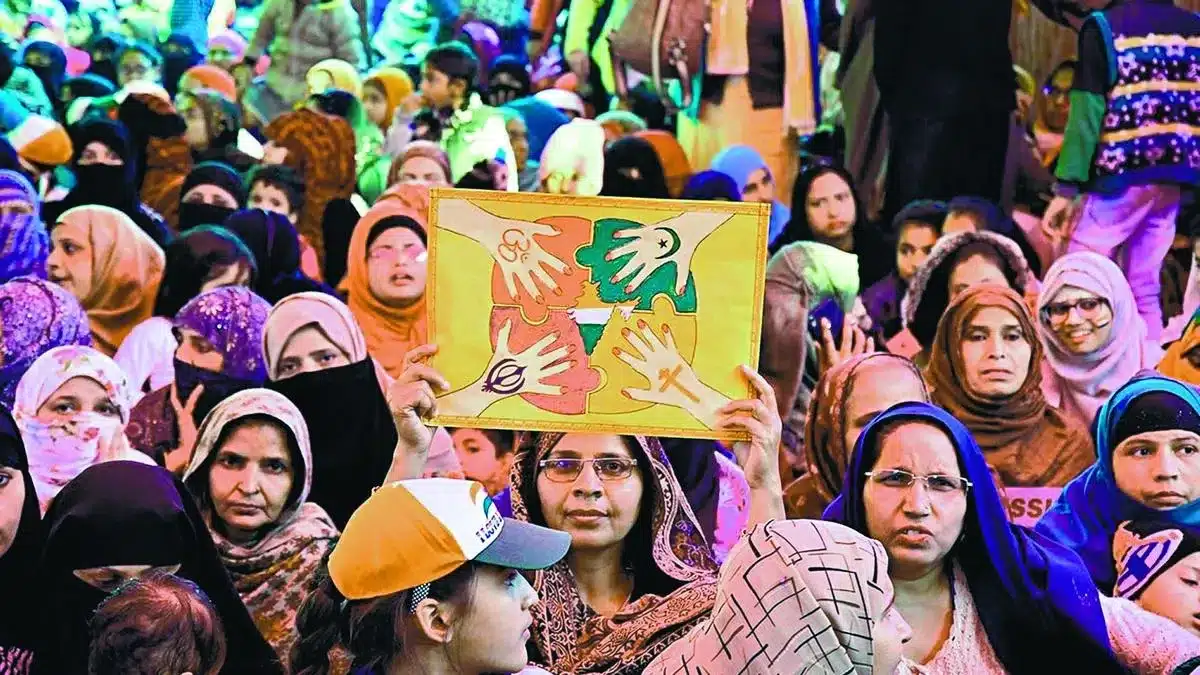What’s in today’s article?
- Introduction
- Historical Context
- Provisions in the Indian Constitution
- Defining ‘Minority’
- Judicial Safeguards
- Rationale Behind Minority Rights
- Significance in Contemporary India
- Conclusion
Introduction
- Minority rights are a cornerstone of democratic governance, ensuring the preservation of cultural, linguistic, and religious diversity.
- Recognizing this, the Indian Constitution and international frameworks like the United Nations’ 1992 Declaration on Minority Rights aim to protect minority communities.
- Franklin Roosevelt aptly noted, “No democracy can long survive which does not accept as fundamental to its very existence the recognition of the rights of minorities.”
Historical Context
- The concept of minority rights traces its origins to 19th-century European constitutional frameworks:
- Austria (1867): Recognized ethnic minorities’ rights to preserve their languages and national identities.
- Hungary (1868): Legislated similar protections.
- Post-World War I Treaties: Incorporated minority protection clauses in agreements with nations like Poland and Czechoslovakia.
- India incorporated these principles during its Constitution drafting process, emphasizing the preservation of diversity.
Provisions in the Indian Constitution
- Article 29: Grants all citizens the right to conserve their distinct culture, language, or script.
- Significance: Recognizes and protects diverse cultural identities, ensuring equality and dignity.
- Article 30: Empowers religious and linguistic minorities to establish and administer educational institutions.
- Judicial Interpretation:
- The Supreme Court views Article 30 as integral to equality and non-discrimination.
- Recent judgments (e.g., Aligarh Muslim University, 2024) uphold the minority character of institutions of national importance.
- Article 350 A: Mandates primary education in one’s mother tongue.
- Article 350 B: Provides for appointing a Special Officer for linguistic minorities.
- The Constitution also supports personal laws for various communities, exemplified by the customary laws of the Nagas.
Defining ‘Minority’
- The term “minority” lacks a universal definition in the Constitution. However:
- Judicial Interpretation: The Supreme Court, in cases like TMA Pai Foundation (2002), defines minorities at the state level. For example, Hindus are considered minorities in Punjab and north-eastern states.
- Indicia for Minority Institutions:
- Originator’s intent to serve minority communities.
- Operational factors like funding, infrastructure, and administration.
Judicial Safeguards
- While minority institutions enjoy autonomy, they are not exempt from oversight:
- Maladministration Prohibition: Governments can enforce regulations to maintain institutional standards.
- Fair Aid: Article 30(2) prohibits discrimination against minority institutions when granting aid.
Rationale Behind Minority Rights
- The preservation of diversity underpins these rights. Cultural identity thrives not in isolation but within an enabling environment. Thus:
- Individual vs. Group Rights: Individual equality (Articles 14-18, 19, 25) is insufficient without group recognition.
- Judicial Observations: Courts consistently emphasize the necessity of special protections for minorities to achieve substantive equality.
Significance in Contemporary India
- Constitutional Legacy: Articles 25-30 symbolize India’s commitment to pluralism.
- Global Relevance: Aligns with international principles, such as the Universal Declaration of Human Rights.
Conclusion
- India’s constitutional framework ensures a delicate balance between individual equality and group recognition.
- By safeguarding minority rights, the Constitution strengthens the nation’s democratic ethos, fostering an inclusive society that respects its rich diversity.
- However, evolving socio-political dynamics call for continued vigilance and adaptation to uphold these principles effectively.
Q1. Is Preamble a part of the Constitution?
After the judgment of the Kesavanand Bharati case, it was accepted that the preamble is part of the Constitution. As a part of the Constitution, the preamble can be amended under Article 368 of the Constitution, but the basic structure of the preamble can not be amended.
Q2. When was the word ‘Secular’ added to the Preamble?
By the 42nd Amendment on December 18, 1976, the term “Secular” was also incorporated in the Preamble.
News: The Constitution on minority rights
Last updated on June, 2025
→ UPSC Notification 2025 was released on 22nd January 2025.
→ UPSC Prelims Result 2025 is out now for the CSE held on 25 May 2025.
→ UPSC Prelims Question Paper 2025 and Unofficial Prelims Answer Key 2025 are available now.
→ UPSC Calendar 2026 is released on 15th May, 2025.
→ The UPSC Vacancy 2025 were released 1129, out of which 979 were for UPSC CSE and remaining 150 are for UPSC IFoS.
→ UPSC Mains 2025 will be conducted on 22nd August 2025.
→ UPSC Prelims 2026 will be conducted on 24th May, 2026 & UPSC Mains 2026 will be conducted on 21st August 2026.
→ The UPSC Selection Process is of 3 stages-Prelims, Mains and Interview.
→ UPSC Result 2024 is released with latest UPSC Marksheet 2024. Check Now!
→ UPSC Toppers List 2024 is released now. Shakti Dubey is UPSC AIR 1 2024 Topper.
→ Also check Best IAS Coaching in Delhi
























